Discover 8 hidden attractions, cool sights, and unusual things to do in Johnston (United States). Don't miss out on these must-see attractions: Clemence-Irons House, Daniel Angell House, and Belknap School. Also, be sure to include Thomas H. Hughes House in your itinerary.
Below, you can find the list of the most amazing places you should visit in Johnston (Rhode Island).
Table of Contents
Clemence-Irons House
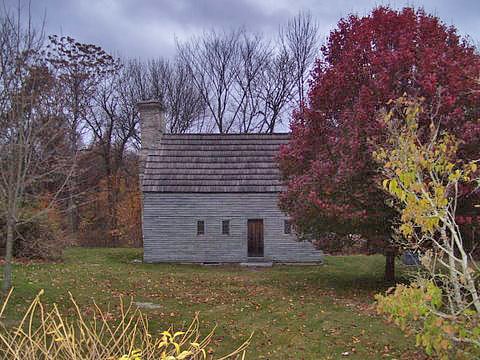
Museum in Johnston, Rhode Island. The Clemence–Irons House is a historic house located in Johnston, Rhode Island. It was built by Richard Clemence in 1691 and is a rare surviving example of a "stone ender", a building type first developed in the western part of England and common in colonial Rhode Island. The house is listed on the National Register of Historic Places, and is a historic house museum owned and operated by Historic New England. It is open Saturdays between June and mid-October.[1]
Address: 38 George Waterman Road Johnston, R.I. 02919, Johnston
Daniel Angell House
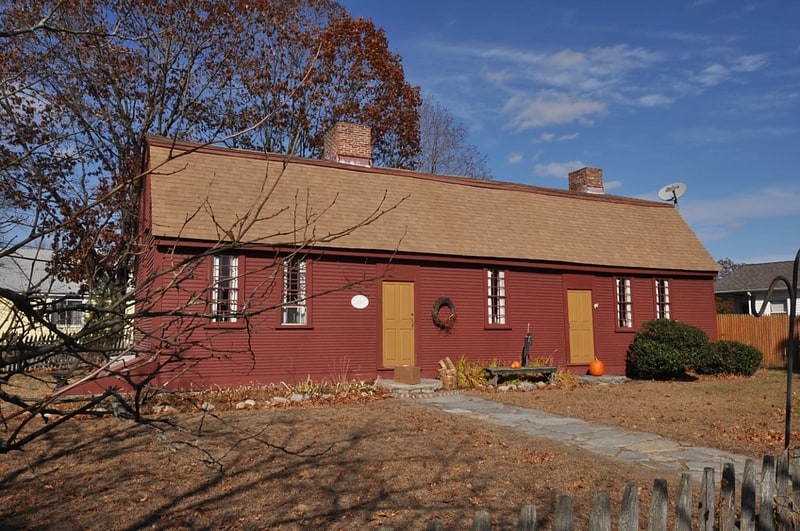
The Daniel Angell House is a historic house at 15 Dean Avenue in Johnston, Rhode Island, United States. The oldest portion of this 1+1⁄2-story wood-frame structure was built c. 1725, although it was long attributed to Daniel Angell. The house has an irregular front facade, seven bays wide, with two doors occupying the third and fifth bays. The western part, likely the oldest portion of the house, has a large chimney centered on five bays. The relatively unusual construction practices used in the house's construction, as well its remarkable state of preservation, make it a valuable resource in the study of Rhode Island colonial architecture.
The house was listed on the National Register of Historic Places in 1975.[2]
Belknap School

Building in Rhode Island. Belknap School is a historic former school house at 509 Greenville Avenue in the Belknap village of Johnston, Rhode Island.
The first school on the site was built in 1790 and was the first school in the town when it was founded. The current school building was built on the same site in 1892 and was used as a school until 1938. It was used as an American Legion building from the late 1940s until 1998. In 2002 the building was acquired by the Johnston Historical Society. The building was added to the National Register of Historic Places in 2010.[3]
Thomas H. Hughes House
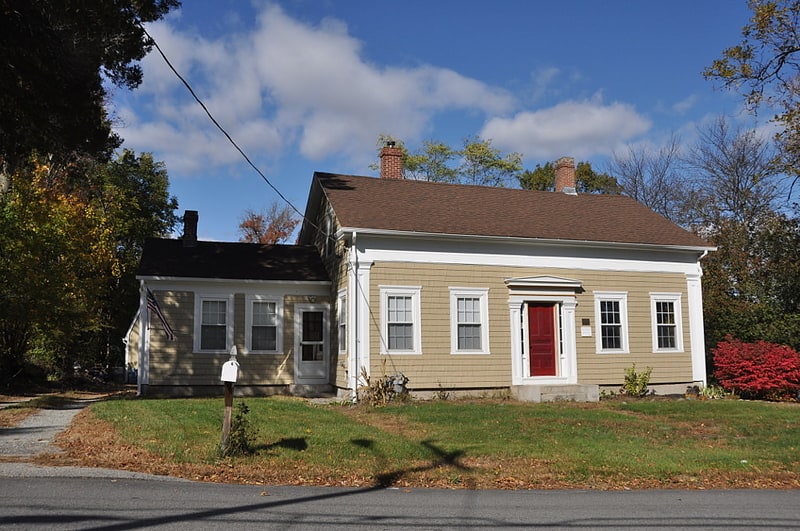
The Thomas H. Hughes House is a historic house in Johnston, Rhode Island. The 1+1⁄2-story wood-frame house was built c. 1845 by Zacharias French, and exhibits simple but well-proportioned Greek Revival style. The house is most notable as the residence for some years of Thomas H. Hughes, owner of a local dye processing factory and for whom the Hughesdale neighborhood of Johnston is named. He apparently lived in this house until 1877, when he had a larger house built.
The house was listed on the National Register of Historic Places in 1979.[4]
Edwin H. Farnum House
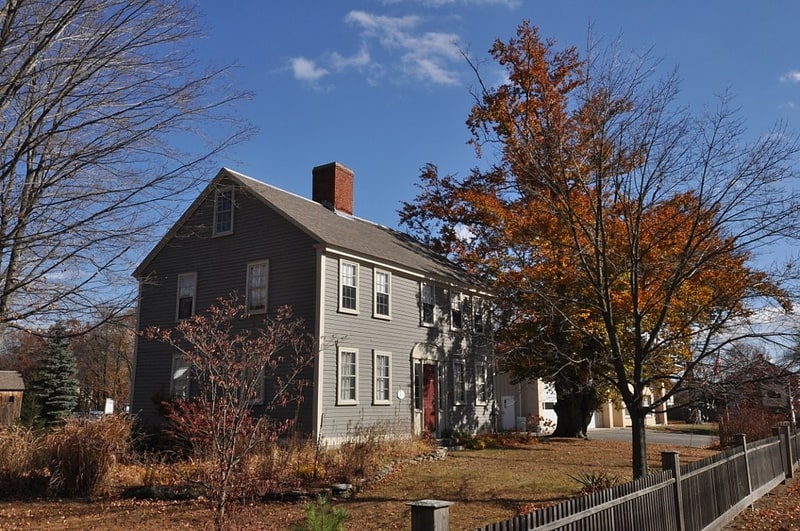
The Edwin H. Farnum House is an historic house at the junction of Putnam Pike and Collins Street in Johnston, Rhode Island. It is a two-story wood-frame structure, five bays wide, with a large central chimney. It was built c. 1765, either by Stephen Angell or his son Daniel, and enlarged about 1795 by Edwin Farnum. The main entry exhibits Federal styling probably added by Farnum, with 3/4 length sidelight windows and a segmented fanlight above. The right-side bays on the first floor have been replaced by a 20th-century bay window.
The house was listed on the National Register of Historic Places in 1974.[5]
Pocasset Worsted Company Mill
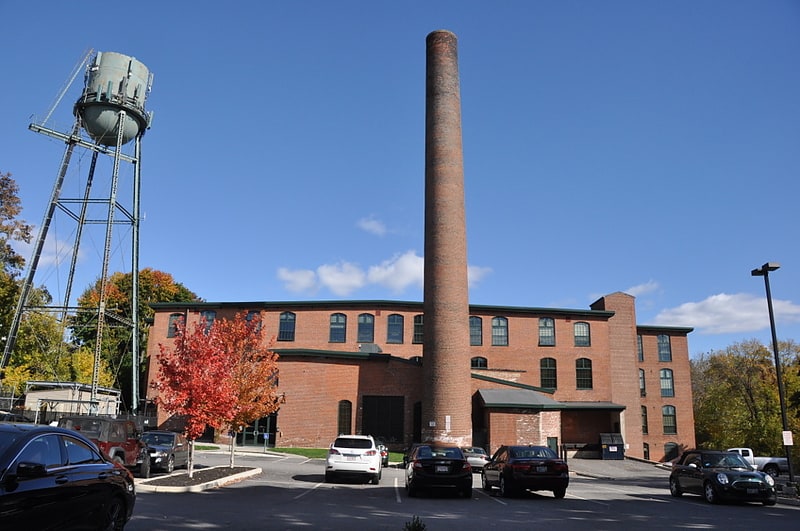
The Pocasset Worsted Company Mill is an historic industrial complex at 75 Pocasset Street in Johnston, Rhode Island. It consists of a complex of four connected brick buildings, built between 1897 and 1902. The buildings form a rough U shape on a 3.38 acres parcel of land between Pocasset Street and the Pocasset River. The two legs of the U are nearly identical main mill buildings, constructed in 1897 and 1902; they are joined by an engine and boiler house. The mill office building is attached to the southern mill building. The Pocasset Worsted Company was Johnston's largest employer in the early 20th century; its buildings were used for textile production until 1989.
The complex was listed on the National Register of Historic Places in 2006.[6]
Cornell-Randall-Bailey Roadhouse
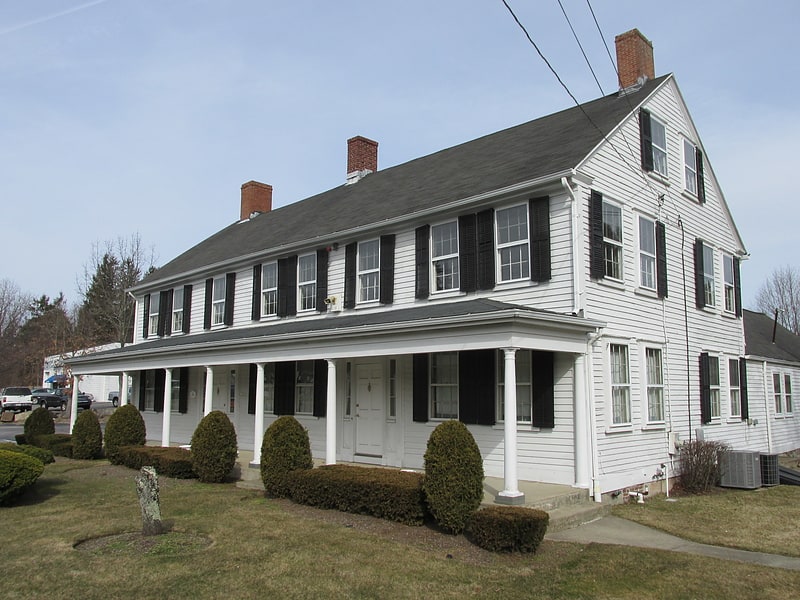
Building in Johnston, Rhode Island. The Cornell—Randall—Bailey Roadhouse is an historic building located at 2737 Hartford Avenue in western Johnston, Rhode Island. The oldest portion of this 2+1⁄2-story wood-frame structure was built in the late 18th century by Samuel Steere, and was substantially enlarged for use as a tavern in 1821 by Daniel Cornell. Business at the tavern declined when railroads rendered the highway less important, and the building was adapted for use as a bordello and gambling house in the early 20th century. In the 1970s it was converted for use as a gift shop.
The building was listed on the National Register of Historic Places on May 10, 1984.[7]
Eddy Homestead

The Eddy Homestead is a historic house at 2543 Hartford Avenue in rural western Johnston, Rhode Island. This 1+1⁄2-story vernacular wood-frame house is estimated to have been built in the late 18th or early 19th century, and is a well-preserved example of a period farmhouse. It is a floor plan distinctive to western Rhode Island, where the cooking fireplace is located in one of the front rooms, rather than the more typical placement at the rear of the house. The house was in the Eddy family for most of the 19th century.
The house was listed on the National Register of Historic Places in 1986.[8]